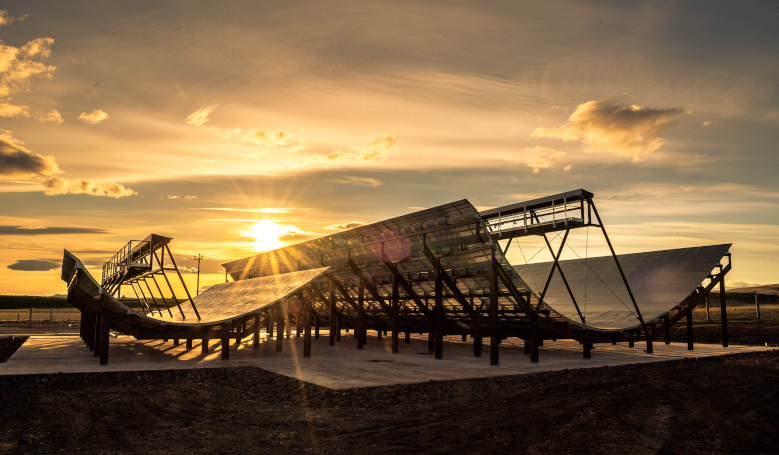LeoLabs, Inc. the leading commercial provider of low Earth orbit (LEO) mapping and space situational awareness (SSA) services, introduced a new era of transparency in LEO today with the launch of its Kiwi Space Radar (KSR).
As the first commercial radar to track objects in LEO smaller than 10 centimetres, the KSR sets a new standard for tracking the full range of threats to satellites from orbital debris. Located in New Zealand, the KSR also expands LeoLabs’ radar network to the southern hemisphere, and marks the first of a series of next generation LeoLabs radars to be deployed globally.
“The Kiwi Space Radar raises the bar on addressing the threat of collisions that have never before been tracked in LEO,” said Michael Nicolls, co-founder and LeoLabs Chief Technology Officer. “By operating at a higher frequency than our earlier sensors, the KSR was designed to track an estimated 250,000 additional objects down to 2 centimetres in size. These objects account for most of the risk of collisions in space, and KSR is the first big step towards addressing that risk. It will enable thousands of new satellites to safely use LEO.
“The Kiwi Space Radar represents a huge step in executing on our vision for customers and investors,” said Dan Ceperley, co- founder and CEO of LeoLabs. “As thousands of satellites and new constellations deploy into LEO, our mission is to provide a backdrop of data-driven transparency and certainty to support satellite operators,
regulators, space agencies, and industries that rely on satellite services. Today’s KSR announcement proves a foundational piece of this vision. Our radar network constitutes a clear strategic advantage for us in building the leading LEO services platform and the ‘catalogue of the future’ for low Earth orbit.”
Kiwi Space Radar – Innovation Highlights
In addition to tracking small debris, the Kiwi Space Radar incorporates other significant features:
- Automated search capability. As LeoLabs builds out the LEO catalog of the future, the KSR provides the ability to automatically search, discover objects and events. Generating orbital information without the need for human intervention will provide a more timely and complete picture for SSA and traffic management services.
- Southern hemisphere coverage. The KSR is the first phased-array radar of its class located in thesouthern hemisphere. It improves frequency of revisits, enables better orbit assessment, andimproves monitoring of maneuvers and events.
- Improved precision in measurements and orbit determination. Because the KSR dramaticallyincreases the quantity and quality of observations for each satellite and piece of orbital debris, LeoLabs can deliver greater accuracy and timeliness to support mission decisions and threat assessment.
LeoLabs investment in New Zealand
“Locating the Kiwi Space Radar in New Zealand was a strategic decision for LeoLabs and we are excited to become a full-fledged participant in this emerging space sector,” said Dan Ceperley. “Our investment model is aligned with New Zealand’s vision of sustainable development and responsible stewardship of space.
Through the leadership of the New Zealand Space Agency, and initiatives such as the Innovative Partnership program from the Ministry of Business, Innovation and Employment (MBIE), New Zealand is building what we believe to be one of the great space sectors for the next generation.”
Ceperley added, “A benefit of our presence in New Zealand is that we’ve had the opportunity to engage across many communities, ranging from Ministerial levels to local communities, including schools, local government, entrepreneurs, and universities. We plan to engage in this same “community-based” model as we expand to other parts of the world going forward.”











